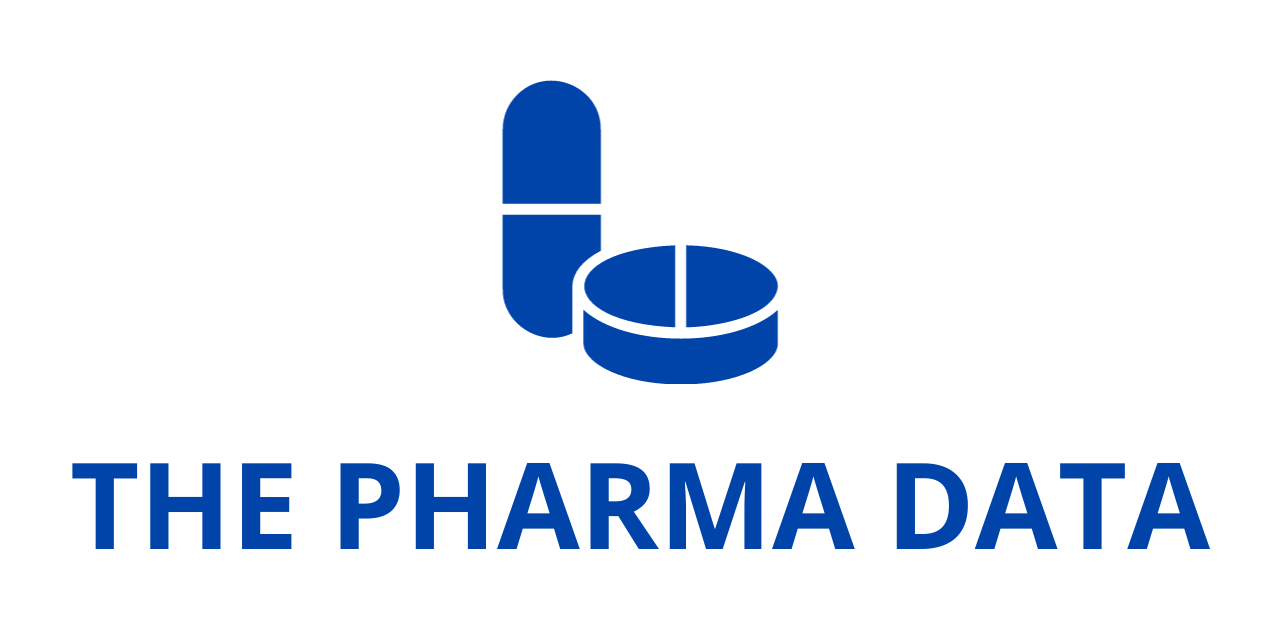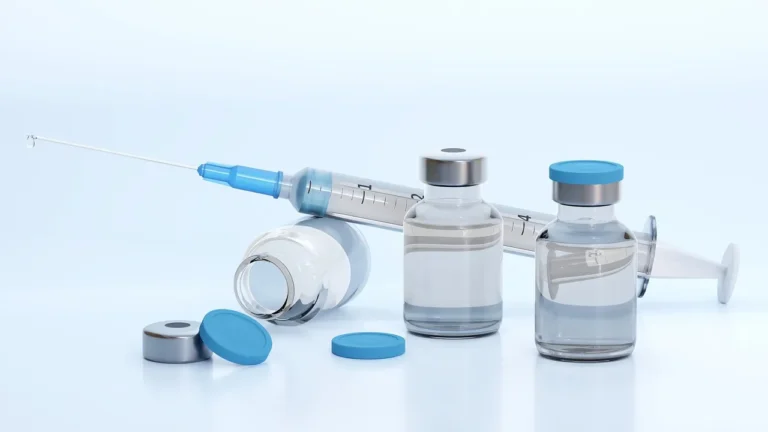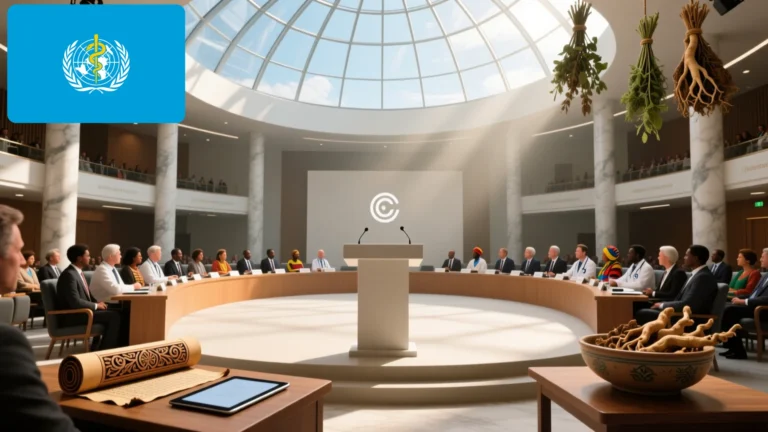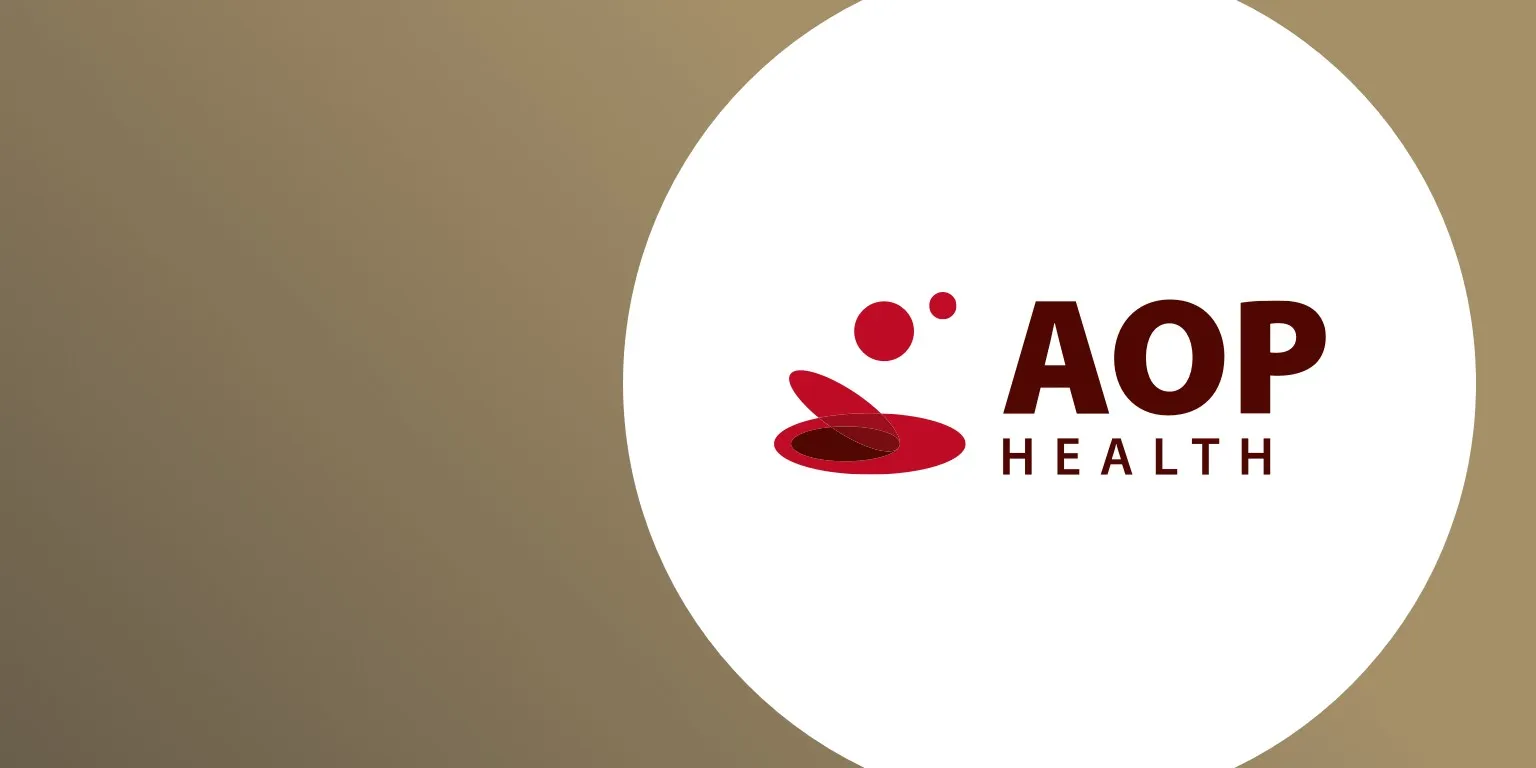
International Day of Older Persons: AOP Health Brings Urgent Attention to the Silent Burden of Venous Leg Ulcers
Every year on October 1, the world observes the United Nations’ International Day of Older Persons, a moment dedicated to honoring the contributions of older adults while also acknowledging the health challenges that come with aging populations. On this occasion, AOP Health is placing a strong spotlight on one of the most underrecognized yet deeply debilitating conditions affecting older individuals: Chronic Venous Ulcers (CVU).
Although little known outside of medical circles, CVU are more than just slow-healing wounds on the legs. They represent a silent, painful burden that can strip away independence, mobility, and dignity—fundamental aspects of healthy aging. Through awareness campaigns, patient education, and medical partnerships, AOP Health is determined to change the conversation about CVU, encourage earlier diagnosis, and support better treatment outcomes for patients worldwide.
The Hidden Burden of Chronic Venous Ulcers
Chronic Venous Ulcers are painful, hard-to-heal wounds typically located on the lower limbs. They develop when veins fail to return blood efficiently back to the heart, a condition often rooted in chronic venous insufficiency (CVI). As a result, increased pressure within the veins causes tissue breakdown, ultimately leading to ulcer formation.
Unlike acute wounds that heal within weeks, venous ulcers can linger for months or even years, requiring extensive care. The condition is often accompanied by severe pain, swelling, recurrent infections, and a significant reduction in quality of life.
“Many older people live with leg wounds that stay hidden—behind long pants, behind stigma, behind a lack of awareness,” explains Melissa Fellner, Vice President Global Therapeutic Areas at AOP Health. “Among them are patients suffering from therapy-resistant Chronic Venous Ulcer leg wounds, a painful condition assumed to affect several hundred thousand patients in Europe. The burden is high despite low public recognition, and we are determined to help end the sometimes-shameful silence around CVU.”
What makes the situation more troubling is that CVU remains largely invisible in public health discourse. While cardiovascular disease, cancer, and diabetes attract significant attention and resources, venous disease and its complications often slip through the cracks. Yet for the individuals living with CVU, the personal toll is devastating—restricting social engagement, impairing physical functioning, and often leading to feelings of isolation and despair.
Why Early Recognition Matter
One of the most important steps in combating CVU is recognizing the early signs of venous disease before ulcers fully develop. Common symptoms include:
- Persistent leg swelling, particularly around the ankles and calves
- Skin changes, such as discoloration, dryness, or thickening
- Heaviness, aching, or cramping in the legs
- A sore or wound that does not heal within several weeks
“Know the early signs and act,” urges Alessandra Antonello, Senior Director Global Medical Affairs at AOP Health. “If you notice leg swelling, skin changes, or a sore that does not heal, talk to your doctor promptly. Early assessment and guideline-based care can prevent ulcers or stop them from becoming chronic.”
When detected early, chronic venous disease can often be managed effectively with lifestyle adjustments, compression therapy, and medical interventions aimed at improving circulation. However, once ulcers form and become chronic, treatment becomes more complex, requiring coordinated, multidisciplinary care involving vascular specialists, wound care nurses, dermatologists, and sometimes surgical intervention.
A Growing Challenge in Aging Societies
The global population is aging rapidly, and with age comes increased vulnerability to chronic diseases. In Europe and other regions with high life expectancy, the prevalence of venous disease is climbing steadily.
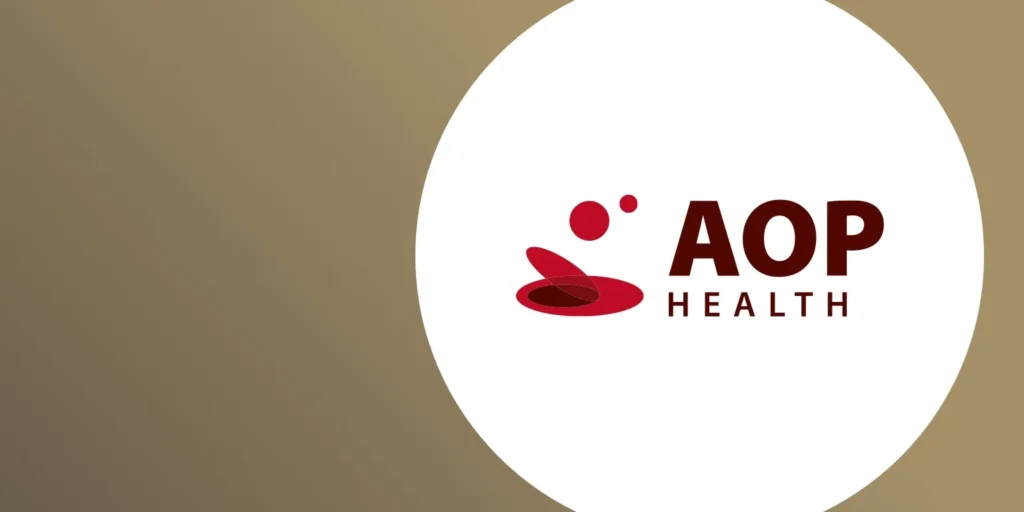
CVU often represents the end stage of chronic venous disease, progressing from relatively mild symptoms like leg heaviness and swelling to more severe outcomes like skin thickening and ulceration. These ulcers may take months or even years to heal, and recurrence is common, meaning that patients often live in a cycle of healing and relapse.
The consequences extend beyond health alone. Older adults with CVU often face loss of independence, since mobility restrictions make it difficult to engage in daily activities such as walking, shopping, or even standing for long periods. Many also struggle with mental health challenges, including depression and anxiety, as a result of chronic pain and social withdrawal.
From a healthcare system perspective, CVU represents a significant economic burden due to prolonged treatment needs, frequent medical visits, specialized wound care products, and hospitalizations for complications such as infections. Experts estimate that chronic venous ulcers consume a disproportionate share of healthcare budgets compared with their visibility in public health strategies.
Who Is Most at Risk?
While anyone can develop venous disease, several well-documented risk factors significantly increase the likelihood of CVU:
- Advanced age – Aging naturally weakens the venous system, making older adults the most vulnerable group.
- Obesity or higher body weight – Excess weight increases venous pressure, accelerating the risk of chronic insufficiency.
- Physical inactivity – Lack of exercise reduces the pumping action of calf muscles, which is crucial for venous return.
- Varicose veins – These dilated, twisted veins are both a sign and a risk factor for further venous complications.
- History of venous thrombosis – Blood clots in the legs can permanently damage vein valves, predisposing patients to ulcers.
The combination of these factors—particularly in older populations where comorbidities such as diabetes or cardiovascular disease are common—creates a perfect storm for ulcer development.
Current Standards of Care
The European Society for Vascular Surgery (ESVS) and other expert bodies emphasize the importance of timely diagnosis and the use of compression-based care pathways as the cornerstone of CVU management. Compression therapy helps reduce venous pressure, improve blood return, and promote healing.
In addition, specialized wound care, surgical or endovenous interventions, and innovative therapies are increasingly used to accelerate healing. However, therapy-resistant ulcers remain a major challenge, underscoring the need for continued research and innovation in the field.
Multidisciplinary care is essential. Patients often benefit from a team-based approach involving physicians, nurses, physical therapists, and social workers to address not just the physical wound but also the psychological and social dimensions of the disease.
AOP Health’s Role: Raising Awareness and Driving Innovation
Against this complex backdrop, AOP Health is reaffirming its commitment to addressing high unmet medical needs, particularly in therapy-resistant CVU. The company is actively working to:
- Raise disease awareness – By speaking out on days like the International Day of Older Persons, AOP Health hopes to break the silence surrounding CVU and ensure the condition receives the recognition it deserves.
- Encourage early diagnosis – Through educational campaigns directed at patients, caregivers, and healthcare professionals, the company emphasizes the importance of early intervention.
- Support research and innovation – AOP Health is partnering with RHEACELL, a Germany-based biotech enterprise focused on advanced therapies, to explore new treatment possibilities for hard-to-heal venous ulcers.
Such partnerships highlight the company’s belief that collaboration across industry, academia, and healthcare providers is essential to unlocking better treatment pathways and improving outcomes for patients living with CVU.
Breaking the Silence Around Venous Leg Ulcers
Despite the painful reality faced by hundreds of thousands of individuals across Europe, CVU remains a silent condition, often hidden behind layers of stigma and misunderstanding. Some patients feel ashamed of their wounds, while others dismiss symptoms as an inevitable part of aging. The lack of widespread awareness contributes to delayed diagnosis, worsening the prognosis.
AOP Health’s campaign seeks to dismantle this silence by sparking conversations at both the public and professional level. By shining a light on the lived experiences of older adults with CVU, the company hopes to foster greater empathy, earlier action, and ultimately, more effective care.
Toward Dignity and Independence
The International Day of Older Persons serves as a poignant reminder that aging with dignity means more than simply living longer—it means living well, with independence, mobility, and self-worth intact. Chronic Venous Ulcers, while often hidden, rob too many older adults of these essential qualities.
By raising awareness, advancing treatment options, and promoting collaboration, AOP Health is helping pave the way toward a future where venous ulcers are recognized early, treated effectively, and no longer a silent burden on older generations.
